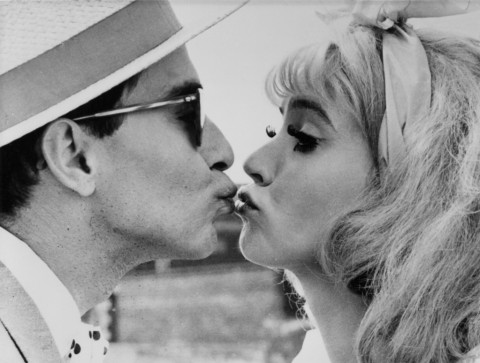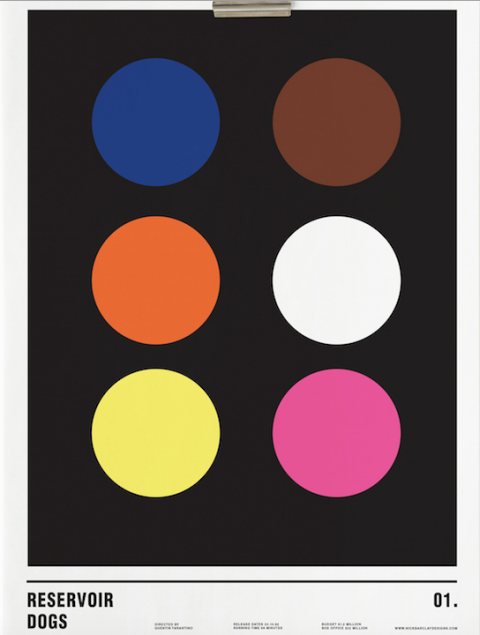A good title sequence tells you everything you need to know about the world of a movie. As it unspools the credits for a given film, it can also convey the movie’s mood, its sense of place, its story’s theme and even a few of its plot points. Saul Bass invented the modern title sequence with Otto Preminger’s The Man with the Golden Arm (1955). Consisting largely of moving white rectangles on a black background set to a jazzy score, the piece feels like a Blue Note record cover come to life – perfect for a gritty tale about heroin addiction. The opening was so striking that Hollywood took note and soon title sequences became the rage, especially ones made by Bass.
Above you can watch a long compilation of Saul Bass titles, starting with Man with the Golden Arm and ending with Martin Scorsese’s Casino (1995). Along the way, the montage illustrates the evolution of style over the course of those 40 years, showing how titles grew in ambition and sophistication. You can see titles for some great films from the yawning spiral in Vertigo to the monochrome crumbling busts in Stanley Kubrick’s Spartacus to the abstract shots of neon in Casino.
But to really get a sense of Bass’s talents, look to some of the less famous movies he worked on. For Carl Forman’s The Victors (1963), a bleak, big-budget anti-war flick, Bass compressed European history from the end of WWI to the devastation of WWII into one masterful montage. At one point, still photos of Hitler giving a speech flash across the screen, each shot pushed closer in on his mouth than the last, before the sequence culminates in a series of explosions. It’s one of the most concise and eloquent retellings of history in cinema. And for the zany comedy Not with My Wife, You Don’t!, Bass created an animated green-eyed monster of jealousy playing a violin. Say what you will about contemporary movies, but there are definitely not enough cartoon green-eyed monsters of jealousy these days.
Related Content:
Saul Bass’ Vivid Storyboards for Kubrick’s Spartacus (1960)
Saul Bass’ Oscar-Winning Animated Short Ponders Why Man Creates
Jonathan Crow is a Los Angeles-based writer and filmmaker whose work has appeared in Yahoo!, The Hollywood Reporter, and other publications. You can follow him at @jonccrow. And check out his blog Veeptopus, featuring lots of pictures of badgers and even more pictures of vice presidents with octopuses on their heads. The Veeptopus store is here.




